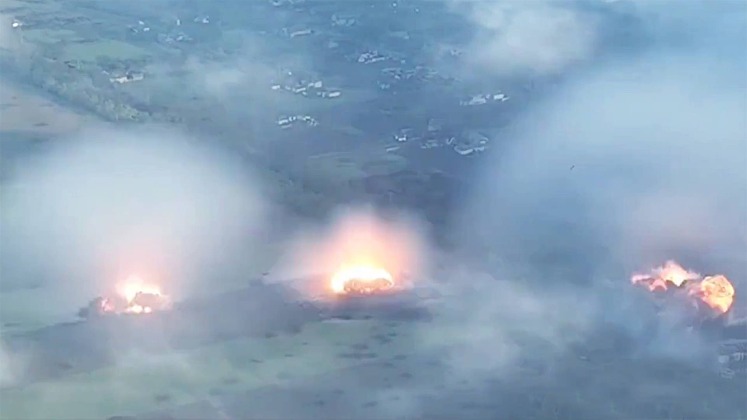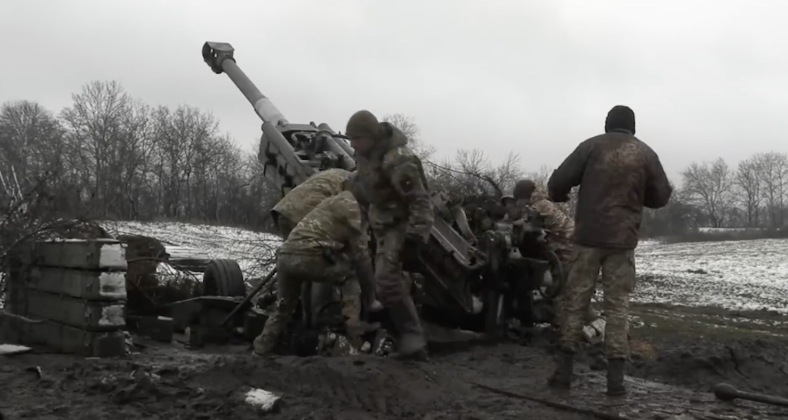News
‘The Front is Cracking, The Front is Crumbling’: Ukrainian Officers Lament Army’s Gradual Collapse After Extreme Losses

The Ukrainian Army has continued to face a worsening deficit of frontline personnel, according to multiple officers recently interviewed by the Washington Post, with the seriousness of the issue raising the growing possibility that the frontlines could soon collapse. The manpower shortages are causing “exhaustion and diminished morale” as many units are unable to rotate from the front, according to the Post, which is exacerbated by increasingly serious shortages of munitions. The deputy commander of one infantry battalion, identifying himself as Nikita, informed the Post regarding the issue: “We have direct trouble with personnel… I’m talking with my friends, also officers in other units, and those in infantry; it’s almost the same situation everywhere.” 41-year-old platoon commander fighting in Avdeevka, identifying as Sergey, said most of his men were over 40 years old and feeling growing strain. “You can feel it; people are exhausted both morally and physically,” he said. The “nearly a dozen” officers and soldiers the paper interviewed concealed their identities, fearing retribution at home for exposing the increasingly desperate state of the country’s armed forces.
The latest statements highlighting personnel shortages follow statements by both Russian and Ukrainian officials highlighting extreme casualty rates suffered by Ukrainian forces in 2023. Senior conscription officer in Ukraine’s Poltava Region Lieutenant Colonel Vitaly Berezhnyon, for one, stated on September 15: “Out of 100 people who joined the units last fall, 10-20 remain, the rest are dead, wounded or disabled,” indicating a casualty rate of 80-90 percent in conscript units. An unnamed commander of a battalion in a mechanised brigade informed the Washington Post his unit had been cut down by 80 percent, and was reduced to a strength of under 40 infantrymen down from 200. Another battalion commander, identifying as Alexander, said his infantry companies were staffed at about 35 percent, with his colleague from an assault brigade stating this situation was “typical” for combat units.

The Wall Street Journal in May was one of multiple sources to report that the Ukrainian Army was sending conscripts into high intensity combat with little to no training, which was further increasing casualty rates. More recently the battalion commander Alexander lamented that personnel shortages were the primary issue on the frontlines, highlighting that his battalion had been sent five replacements over the past five months who were so poorly trained that officers questioned whether they could be sent into battle. This prevented units from rotating, with the commander observing: “There is no one to replace them, so they sit there more, their morale drops, they get sick or suffer frostbite. They are running out… The front is cracking. The front is crumbling.” The state morale meant “nobody comes to the army” anymore, and those who volunteered “have already all run out.” “Where are we going? I don’t know. There’s no positive outlook. Absolutely none… It’s going to end in a lot of death, a global failure,” he concluded.












